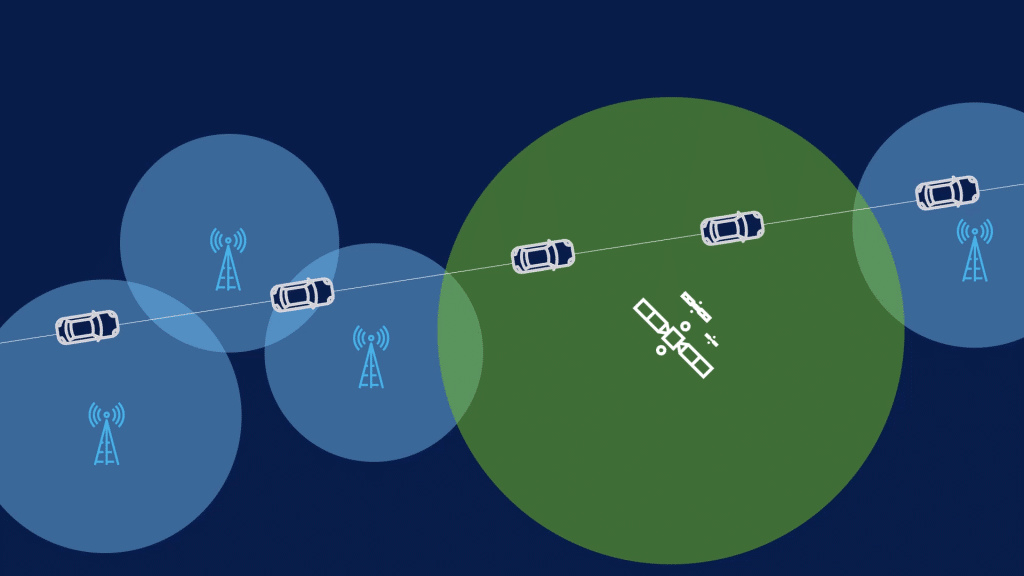Powered by Satellite: The Next Generation of Field Journalism
Intelsat Corporate Communications
In an increasingly virtualized world where workforces are remote and interactions happen on laptop screens, the ability to produce quality and effective journalism still requires reporters and broadcast teams to physically go to the places where the news is happening. In some cases, these locations are dangerous, are inhospitable, and lack the creature comforts of home, such as reliable internet access.
The ability to capture the story, share it with audiences, and deliver a high-quality broadcast to viewers is critically dependent on access to connectivity that is always accessible no matter where or when news breaks. However, when journalists are dispatched to cover events like wars, disaster zones, and major happenings in remote or hostile locations around the world, terrestrial coverage is often compromised, unstable, or simply unavailable. In other cases, traffic on local cellular networks can be so congested that accessing the needed level of required bandwidth is difficult if not impossible.
News teams in the field need bandwidth to be not only ample, but also available and committed. Historically, media organizations have leveraged satellite communications networks to fill the gaps in connectivity and gain a critical competitive edge in the race to capture and tell the story. As either primary or backup options, satellite networks have always been ideal for use in remote or disaster locations, as satellites are unaffected by events on the ground and immune to the damage that can be incurred by cell towers, cables, power grids, and other ground equipment that compose and support cellular networks.
In the early days, a journalist might have used a satellite service to deliver a written story or communicate with the newsroom via voice. Broadcast teams could transmit low-quality, grainy live video or compress and send video files that were higher in quality, but still below current standards and expectations. In today’s fiercely competitive news landscape, journalists need more than a satellite phone or low data rate connection to cover breaking news. Backpack reporters need an easily accessible, always available, high-speed IP data connection that can be deployed quickly as events unfold and conditions change.
Intelsat delivers to media in the field the robust, uninterrupted connectivity needed to execute any number of journalistic activities from anywhere in the world, from posting a news story to a news site to broadcasting live in high definition. Terminals that were once unwieldy and prohibitively expensive now fit comfortably into backpacks and are portable enough to be set up and broken down in a matter of minutes, even by a technical novice. As Intelsat moves to virtualize its networks and integrate software-defined satellites, capacity can be surged to areas where news organizations descend in large numbers, further ensuring that the connectivity needs of all media users are met.
FlexMove, Intelsat’s fully managed high-throughput satellite solution, meets the needs of news organizations by delivering robust and reliable IP data connectivity anywhere in the world, enabling high-quality live video streaming with low latency or jitter. Accessible via portable terminals that are easy to deploy, FlexMove integrates with solutions designed to blend satellite and cellular connectivity, allowing broadcast teams to seamlessly transition between connectivity options to best manage usage and costs. For more information about FlexMove for Media, please read the FlexMove for Remote Broadcast solution brief to learn more.






















